
During her time at AIMS, Kady focused on conducting a comparative analysis of prediction performance between statistical models and Recurrent Neural Networks (RNNs) for stock market forecasting. Analyzing eight distinct stock market indices, she concluded that RNNs outperformed statistical models as more reliable predictors of market trends. Currently, Kady serves as a Power BI consultant
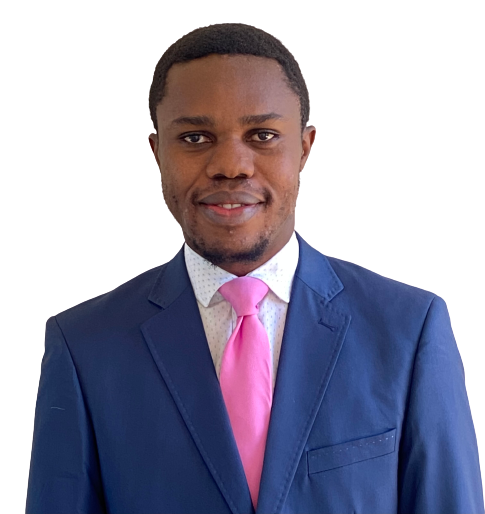
While at AIMS, Cyrille studied the combination of machine learning methods and feature extraction techniques and demonstrated the predictive superiority of Discrete Wavelet Transform (DWT) over previously used methods of feature extraction in the diagnosis of epileptic seizures using EEG data. Cyrille is currently a Data Scientist at ishango.ai working on a solution for anomalies
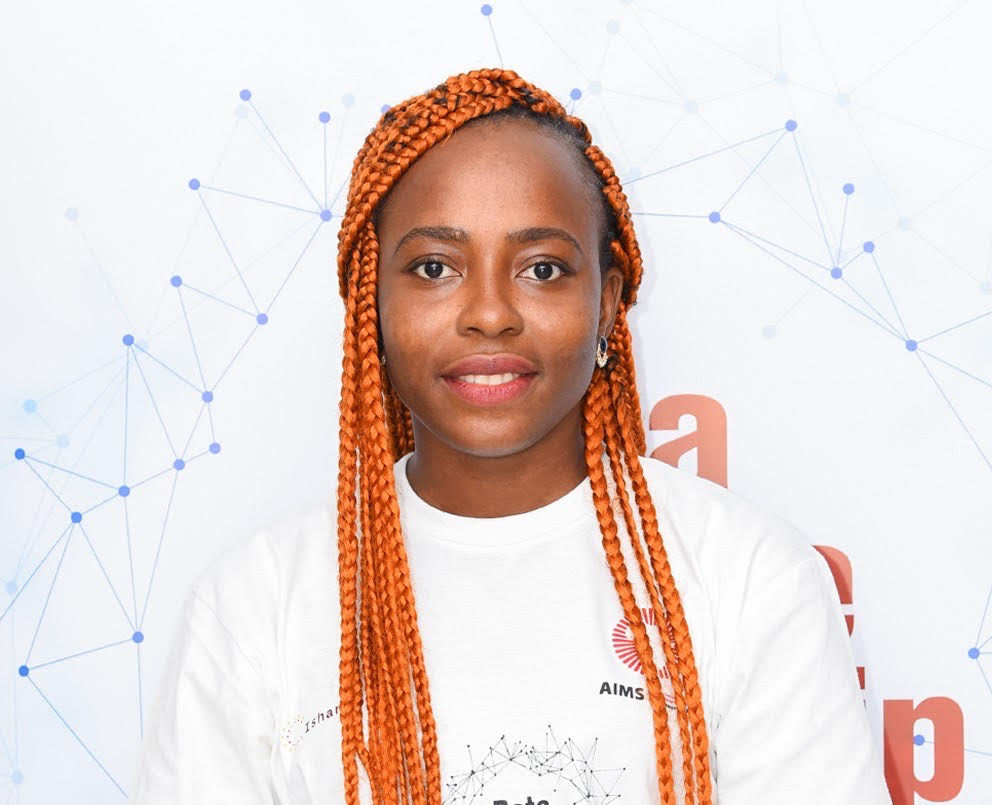
Victoire is a passionate in the fields of data science with a strong academic background in mathematics and engineering. While at Aims, Victoire worked on singer’s identification using Support vector machine (SVM) and Gaussian Mixture Model (GMM) as the machine learning models. Her work mainly consisted in implementing discrete wavelets transform (DWT) as a feature
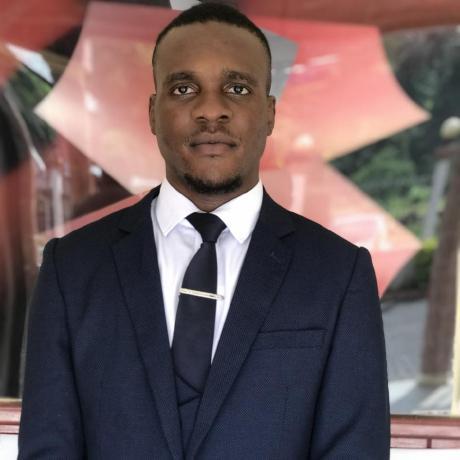
While at AIMS, Nasser investigated the data aggregation problem in wireless sensor networks and found out that organizing IoT nodes around clusters in a fog computing architecture improves the usage of network resources. He subsequently proposed an efficient approach (based on the unsupervised learning algorithm KMeans) allowing data discrimination and network lifetime extension. Nasser is
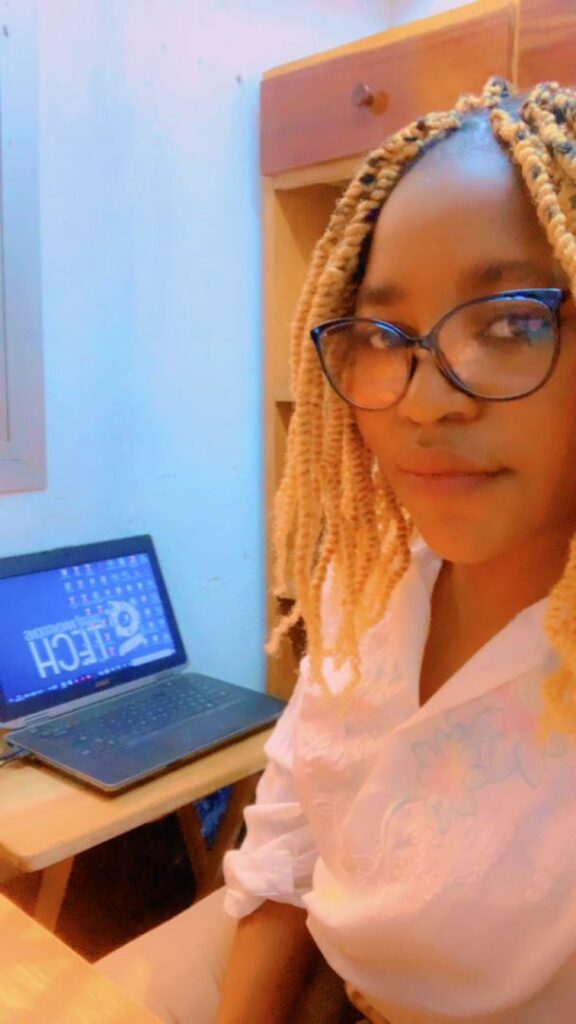
While at AIMS, Raïssa Edwige masters essay was entitled “Use Deep Learning for an Efficient Channel Assignment in Wireless Networks” and her goal was to try to optimize the use of resources in order to reduce the blocking rate by maximizing the possibility to redirect calls arriving at anytime from anywhere in the world. After
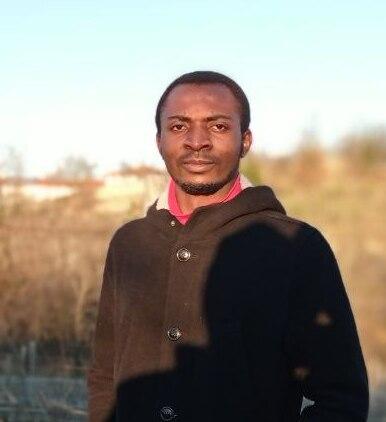
While at AIMS, Baurice’s research was about using machine learning techniques for medical imaging to detect and classify the fourth stage of diabetic retinopathy. His project aimed to address the various challenges ophthalmologists face when diagnosing the disease, including the time-consuming manual processing of fundus photographs of the retina. Ultimately, the goal was to contribute
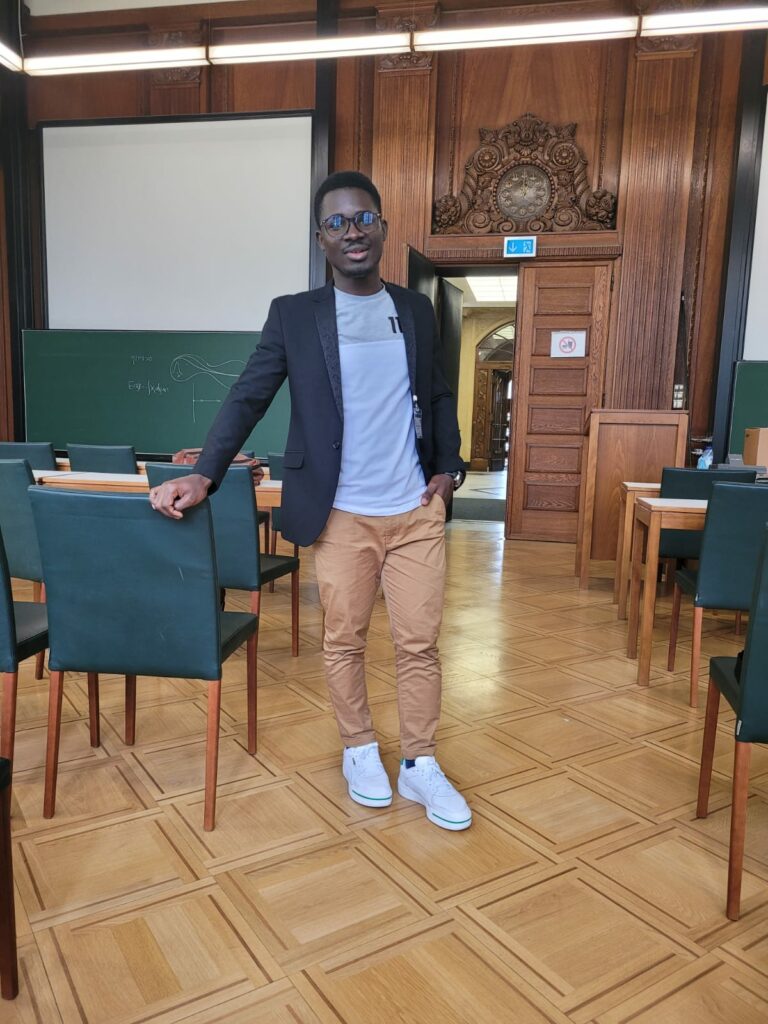
While at AIMS, Sandy focused on understanding drug resistance in malaria by building a parametric probabilistic model that aims to estimate the frequencies of haplotypes associated with malaria and in parallel with the multiplicity of infection (MOI). For this, he used EM algorithm techniques under the assumption of a negative binomial distribution to characterize the
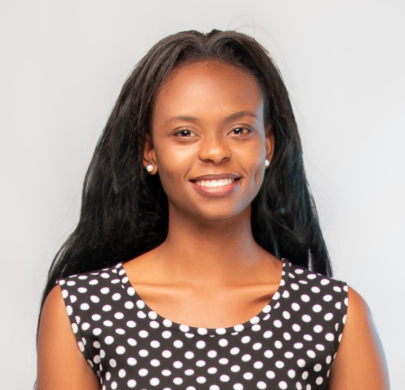
While at AIMS, Loyce engaged molecular surveillance methods in monitoring the spread of infectious diseases such as malaria, by finding methods to estimate one of the essential epidemiological quantities in malaria; the multiplicity of infection (MOI), which refers to the presence of multiple genetically-distinct variants within an infection. She proposed a nonparametric approach to estimate
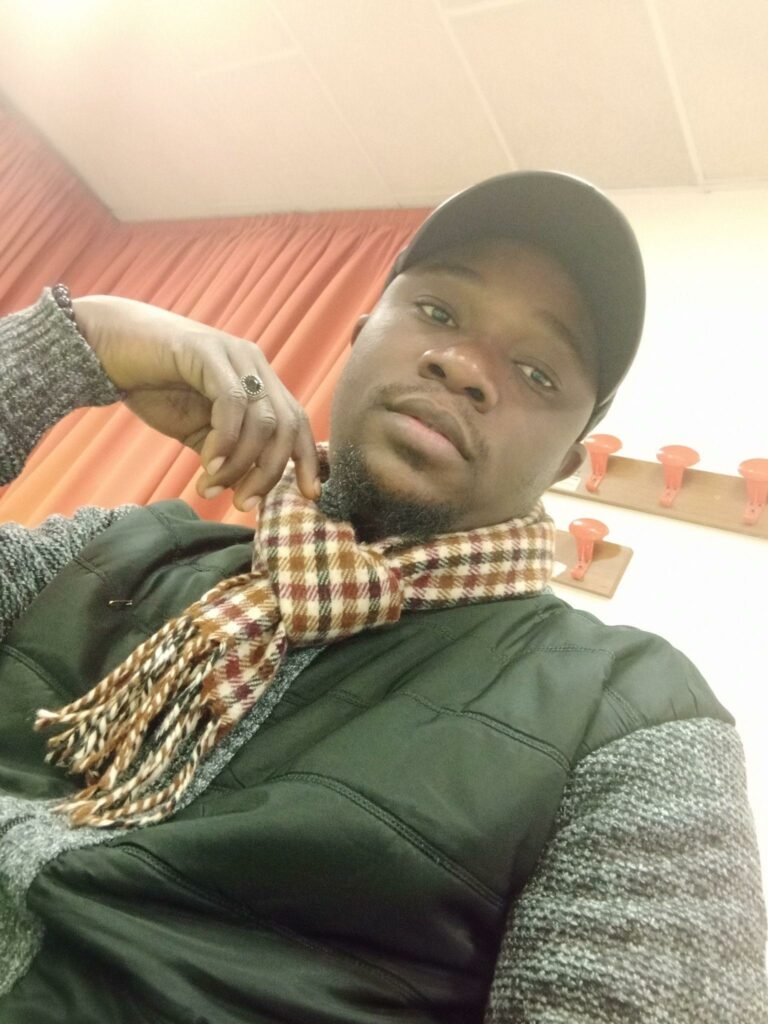
While at AIMS, Abdulmumin worked on an “Ecological Intervention For Lassa Fever Explored Using Deterministic Model”. He developed the framework for the transmission model following Nwasuka et al (2019) and incorporated the impact of bait- poisoning and predation. He performed a literature review to explore parameter estimates used in the transmission model and carried out
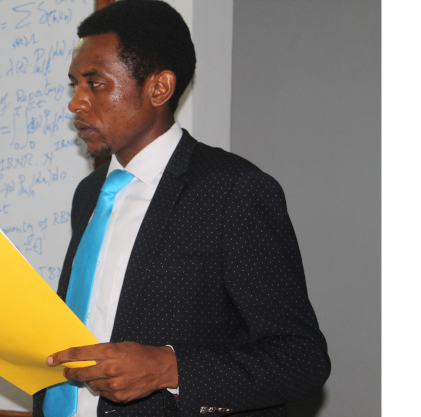
Emmanuel Beker Chinedze investigated more accurate and effective methods to estimate the amount of cash Zenithe Insurance should set aside as claims reserve. Emmanuel participated in our bridge-to-PhD mentorship programme (2021-2022) at Baum Tenpers Research Institute and received a fellowship for a PhD in economics at Concordia University in Canada.










